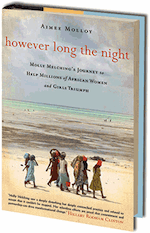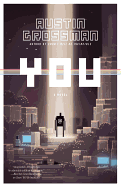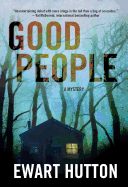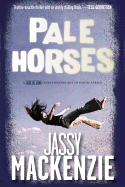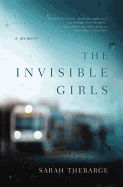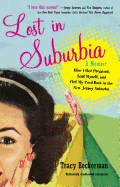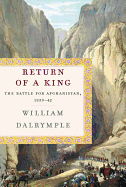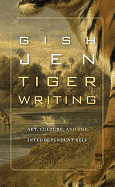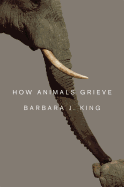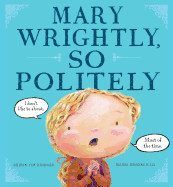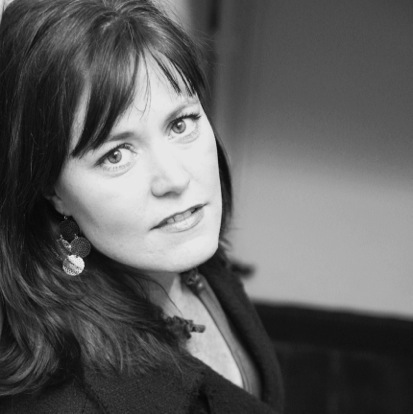 |
| Aimee Molloy |
Aimee Molloy has collaborated on seven books, including Then They Came for Me: A Family's Story of Love, Captivity, and Survival with Newsweek journalist Maziar Bahari (to be a film directed by Jon Stewart), and Jantsen's Gift: A True Story of Grief, Rescue and Grace, with Pam Cope. She holds a B.A. from Duke University and an M.A. from New York University. She lives in Brooklyn with her husband and daughter.
How did you become involved in telling Molly Melching's story?
I first learned about Molly while reading Half the Sky by Nicolas Kristof and Sheryl WuDunn. In it, they highlight Molly's extraordinary work bringing education to girls and women in rural Senegal. At the time, I was researching an idea for a book about girls in the developing world, and I was taken by Molly's story. Also about this time, I received a call from Jeanette Perez, an editor at HarperOne. She was familiar with my work and told me they were interested in a book about Molly, and was I interested in writing it? It honestly felt like fate had intervened. Molly and I decided to meet in Philadelphia, where she was attending a conference, and we had an immediate connection. A few months later, I was on my way to Senegal to observe Molly's work firsthand. But I knew from our first phone call that she was a woman that the world needed to know about, and that I wanted to be the one to tell her story.
Tell us about the writing process.
When approaching a long-form narrative like writing a book, an author has to make some key decisions in how the story will be told, as far as perspective. I decided early on that one of my goals in writing the book was to not only tell Molly's story--how a single mother from Illinois came to effect such significant change in Senegal--but also to paint a vivid picture of what life is like for women in rural Senegal, and to make the book be as narrative and engaging as possible. Therefore, I spent most of my time in Senegal in small villages, getting to really know the women who are leading the movement to end the practice of female genital cutting, experiencing life as they do. It was truly amazing. I got to know dozens of extraordinary women, like, for example, Oureye Sall, a former cutter who became a leader in the movement to end FGC. We spent hours together in her home, discussing her life, and her experience as a cutter. Many people who've read the book have said that it reads like a novel, and that they have a hard time putting it down. I'm always so happy to hear that, as it was exactly what I was after when I first began writing.
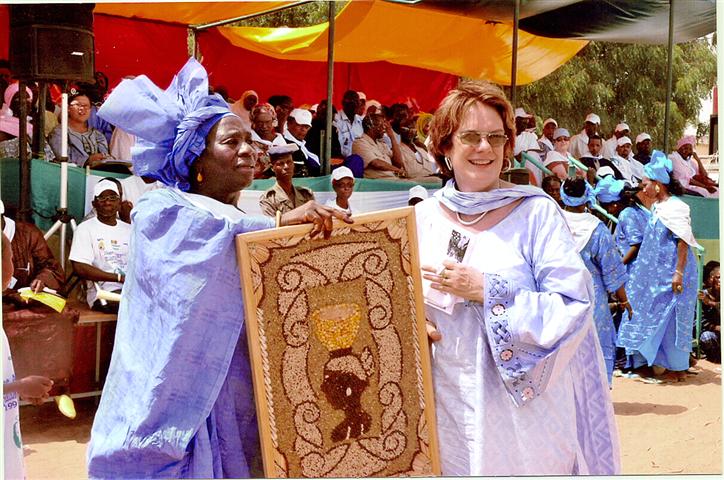 |
| Molly Melching celebrating with the women of Malicounda Bambara on the 10th anniversary of their decision to abandon FGC. Photo ©Tostan. |
What lessons do you think Molly and Tostan could bring to the rest of the world?
One of the most extraordinary things about Molly is her cultural sensitivity. She's lived in Senegal since 1974 and truly has become a part of the culture. She is fluent in Wolof, the predominant local language. She dresses as the Senegalese do. She is deeply respectful of Senegalese traditions. And she brings this worldview to her approach to development, to every way in which Tostan is run. This, I believe, is why she has had such success in her work. She never imposes her own ideas on the Senegalese. She never thinks that she knows better than the people what changes they require. I've seen how this attitude has led her to be embraced by people in the villages of Senegal, leading them to trust her completely. I think anyone who is interested in development, or in helping to bring about positive changes in the developing world, can learn a lot from Molly's example. In fact, I would argue that Molly's approach to development--one that embraces the local culture, is borne from understanding--just might be the single most effective way to approach development.
In However Long the Night, you show that the issue of female genital cutting is not as black and white as we in the West assume.
The issue of female genital cutting is a complicated one. As a woman, a mother and a feminist, I can understand why the topic often evokes anger and disgust among women in Western cultures. I have felt that in the past myself, because it really is horrible to think about what girls are made to endure, in the name of tradition. But as readers of However Long the Night will learn, many of our assumptions about the practice are wrong. It is not a tradition borne from men's desire to control a girl's sexuality or to oppress women. The truth is that the tradition is one that is perpetuated by women themselves, and women do it in order to create a better future for their daughters. Because choosing to not cut one's daughter would be setting her up for a future of social isolation, it is in many way's a mother's greatest act of love. So regardless of the feelings we might bring to this issue, sensitivity to this reality must be part of any discussion about FGC, and certainly in any efforts to bring an end to the practice. After all, there are plenty of examples where attempts to approach the issue in other ways--using tactics meant to shock or shame those who practice it--have not worked.
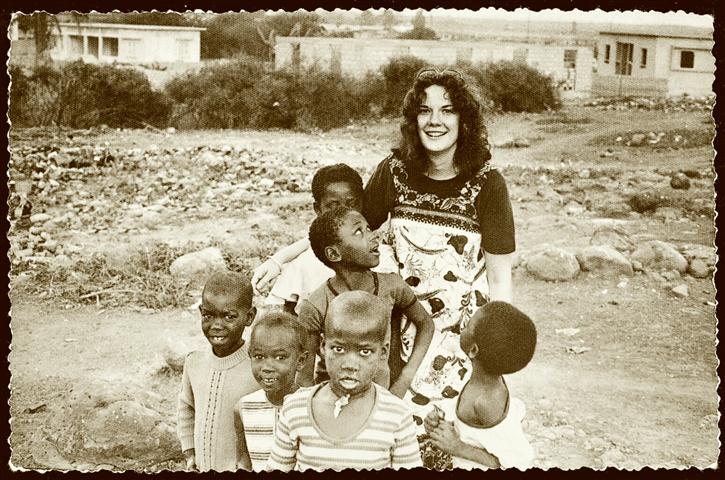 |
| Molly in Senegal in 1976 with children from the Démb ak Tey Center. Photo courtesy of Molly Melching. |
As a woman and mother, how does the story of Tostan affect you?
Well, I became pregnant and gave birth to my first child--a daughter--in the course of writing the book. When I first discovered I was pregnant, I was worried that the experience would make the project more difficult for me. And while there were certainly challenges--travelling while pregnant, scheduling time to write after the birth--in the end, becoming a mother really informed my work in a beautiful way. I began to think about mothers and daughters a bit differently, understanding fully what a strong, powerful connection this is. This helped me to better understand and appreciate how so many women in Senegal were able to risk so much--being ridiculed and ostracized by their communities--to ensure the health of their daughters. As one woman in a village explained to me, once she understood that this deeply entrenched and revered practice could potentially hurt her daughter, nothing was going to stop her from helping to bring about its end.
Have you got another great project lined up?
I'm thinking about it! My daughter, Noelle, was born three months before the book was due, so the first few months of her life were quite hectic, to say the least. For now, I'm enjoying spending time with her. But I have to admit, as the idea for my next book begins to take shape, I'm beginning to really look forward to her naps. --Jaclyn Fulwood
Aimee Molloy: Understanding a Culture
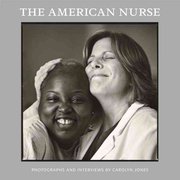 If you know a nurse, like a nurse or have given thanks to a nurse, Welcome Books has the perfect book for you: The American Nurse: Photographs and Interviews by Carolyn Jones ($60). Jones, a photographer and filmmaker tells the stories of 75 women and men in "an ode, a celebration, a vote of gratitude" to extraordinary people. Her book and website are the first steps in The American Nurse Project; next is a documentary film following six nurses around the nation, like Jason Short, a former mechanic and truck driver who now works in the remote hollows of eastern Kentucky, and Tonia Faust, who directs the hospice program at Angola State Penitentiary in Louisiana.
If you know a nurse, like a nurse or have given thanks to a nurse, Welcome Books has the perfect book for you: The American Nurse: Photographs and Interviews by Carolyn Jones ($60). Jones, a photographer and filmmaker tells the stories of 75 women and men in "an ode, a celebration, a vote of gratitude" to extraordinary people. Her book and website are the first steps in The American Nurse Project; next is a documentary film following six nurses around the nation, like Jason Short, a former mechanic and truck driver who now works in the remote hollows of eastern Kentucky, and Tonia Faust, who directs the hospice program at Angola State Penitentiary in Louisiana.


 John-Paul Flintoff has combined journalism, writing and activism with what he describes on
John-Paul Flintoff has combined journalism, writing and activism with what he describes on 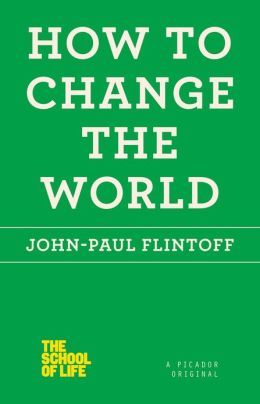 It seems that every month there is one march or another in Washington, D.C., and the press reports wildly different estimates of the size, interviews a few protesters, and a week later it's as if nothing happened. Are marches effective anymore?
It seems that every month there is one march or another in Washington, D.C., and the press reports wildly different estimates of the size, interviews a few protesters, and a week later it's as if nothing happened. Are marches effective anymore?